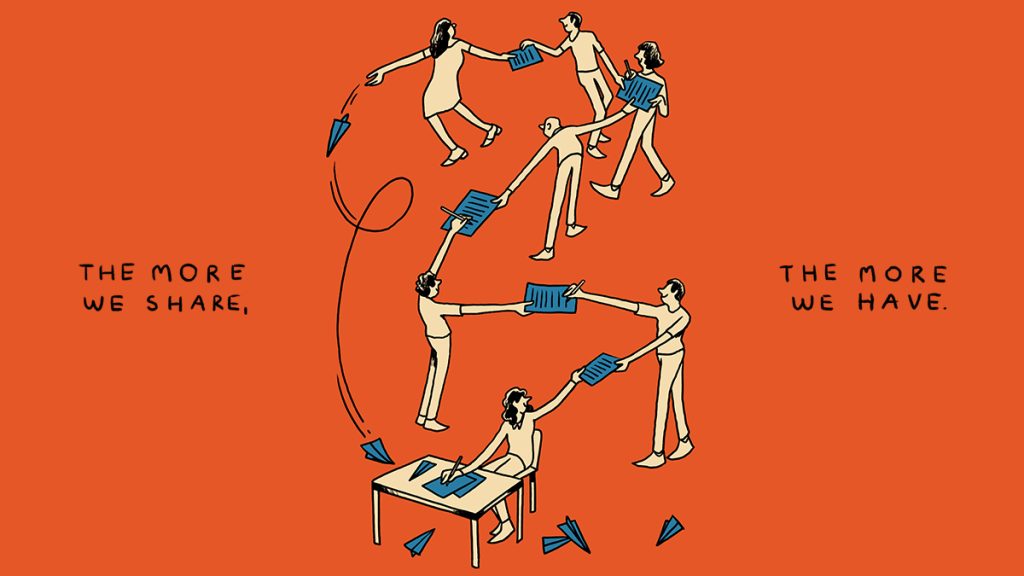What are Open Educational Resources?

Open Educational Resources (OER) are teaching and learning materials that reside in the public domain or that have been released under a license that permits no-cost use, adaptation, and redistribution. These materials include textbooks AND single resources (ancillary) such as videos, primary source texts, interactives and other materials for use in teaching, learning, and research.
OER are typically licensed under open licenses, the most popular being Creative Commons (CC) licenses. Open licenses support creators who want to share their work freely, and allow other users more flexibility to adapt and share their original work. You’ll learn more about these licenses in our module on remixing.
New to Open Educational Resources (OER)?
Navigate the following virtual presentation to learn more:
Suggested Further Reading on Open Educational Resources
- Arispe, K. & Hoye, A. (2023). Accessing & Integrating Openly Licensed Digital Materials for Teaching and Learning. What PreK-12 Teachers Should Know about Educational Technology in 2023: A Research-to-Practice Anthology. Edited by Richard E. Ferdig, Richard Hartshorne, Emily Baumgartner, Regina Kaplan-Rakowski, and Chrystalla Mouza. Retrieved July 31, 2023 from https://www.learntechlib.org/p/222690/
- Elder, A. (2019). The OER starter kit. Iowa State University Digital Press. https://iastate.pressbooks.pub/oerstarterkit/
- Walz, A. & Farley, P. (2023). Making open education resources with and for preK12. University Libraries at Virginia Tech. https://pressbooks.lib.vt.edu/higheredk12collaborationtoolkit/
The right to combine the original or revised content with other open content to create something new (e.g., incorporate the content into a mashup).

